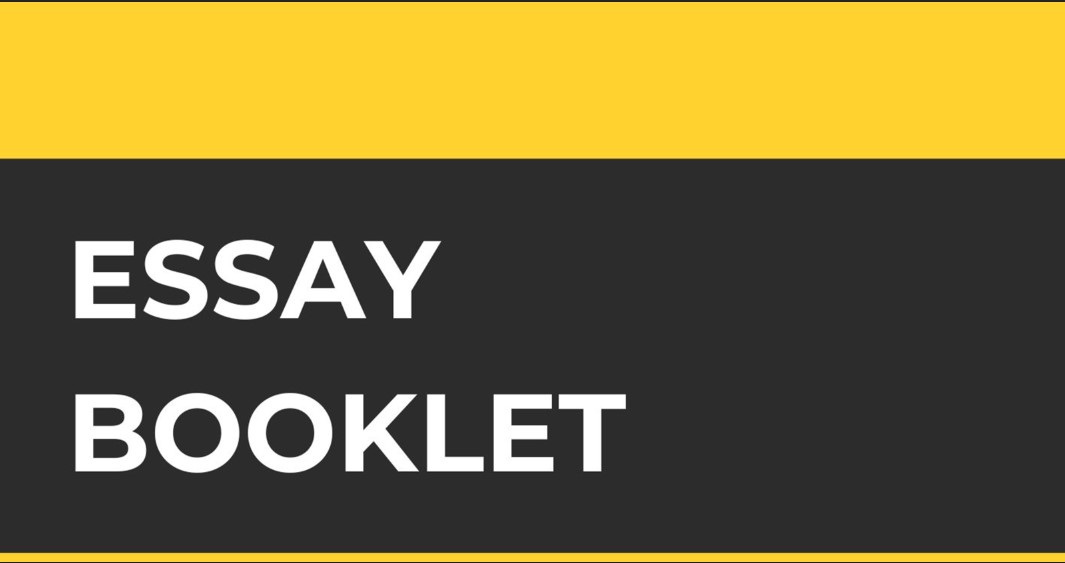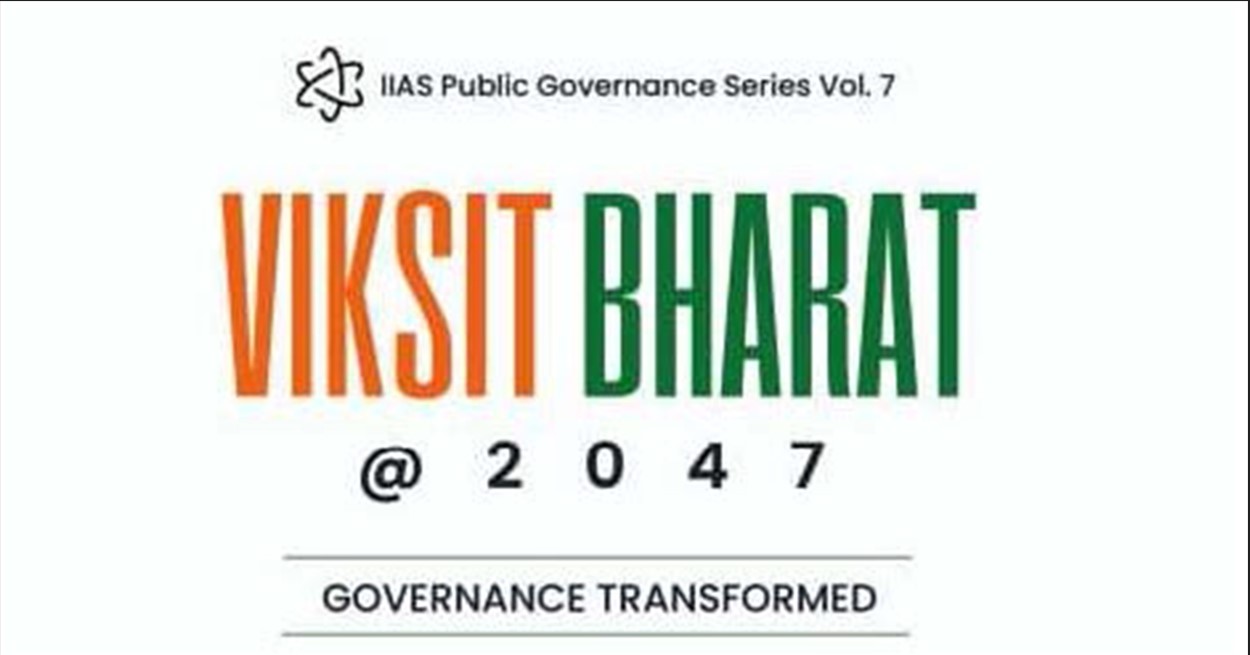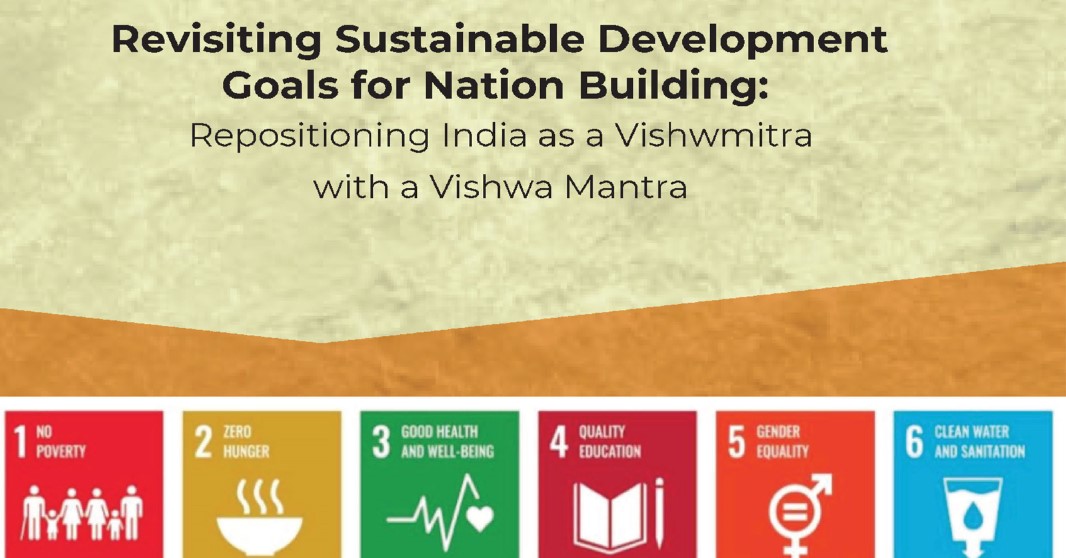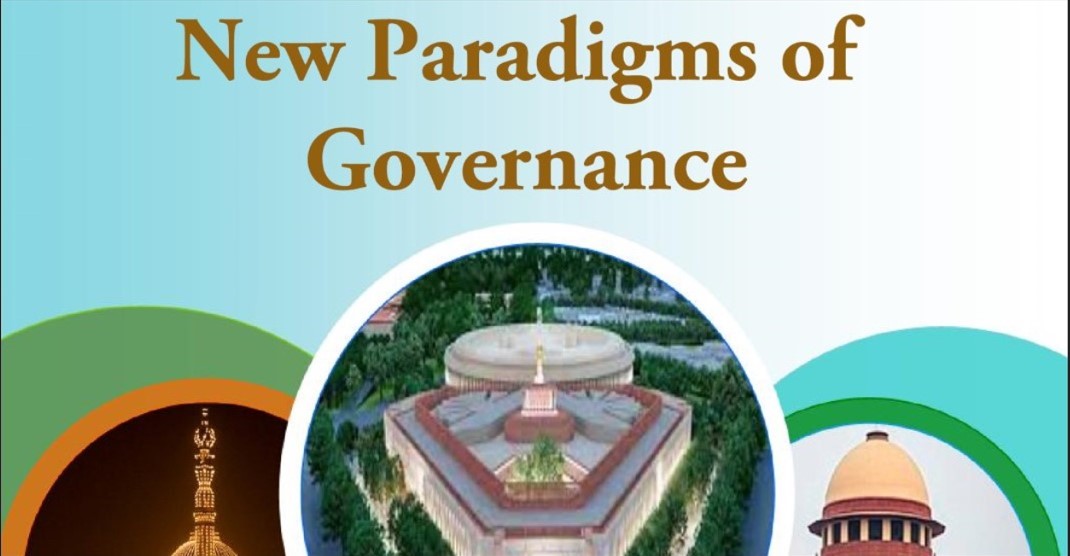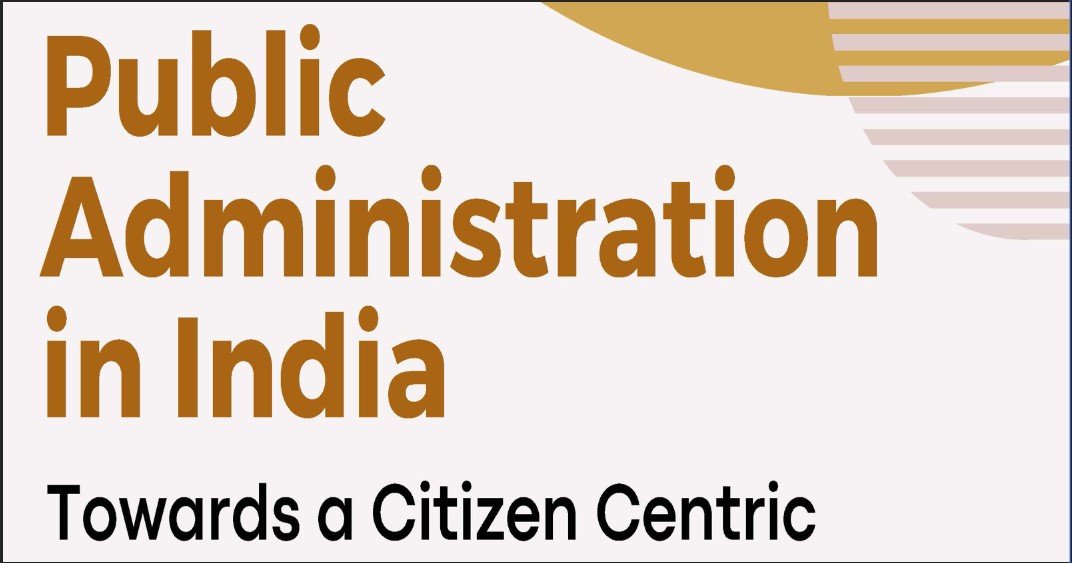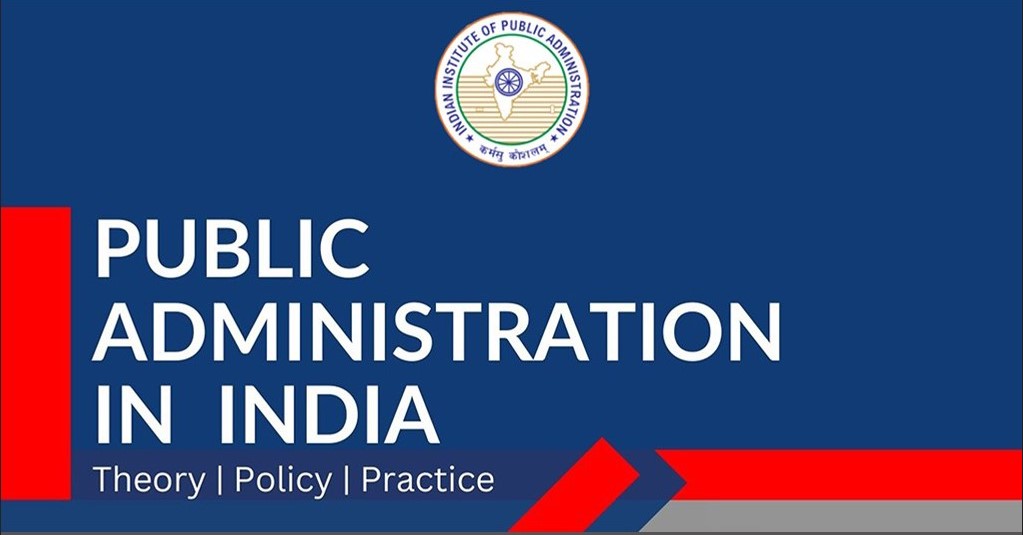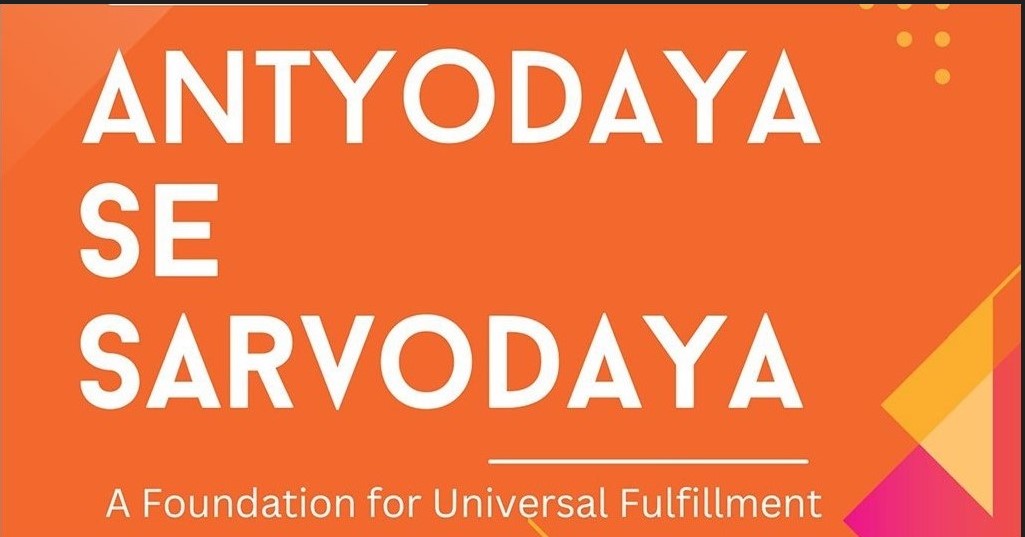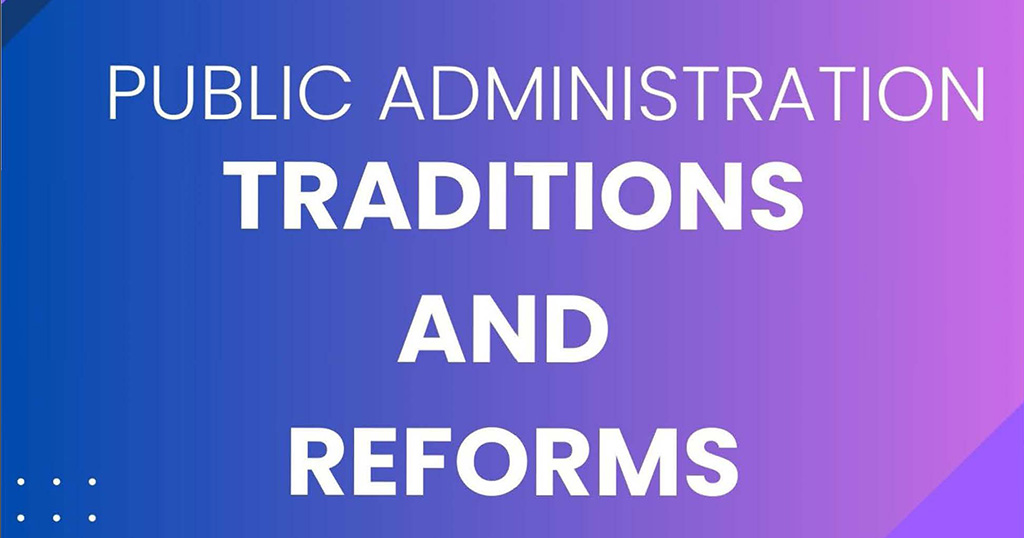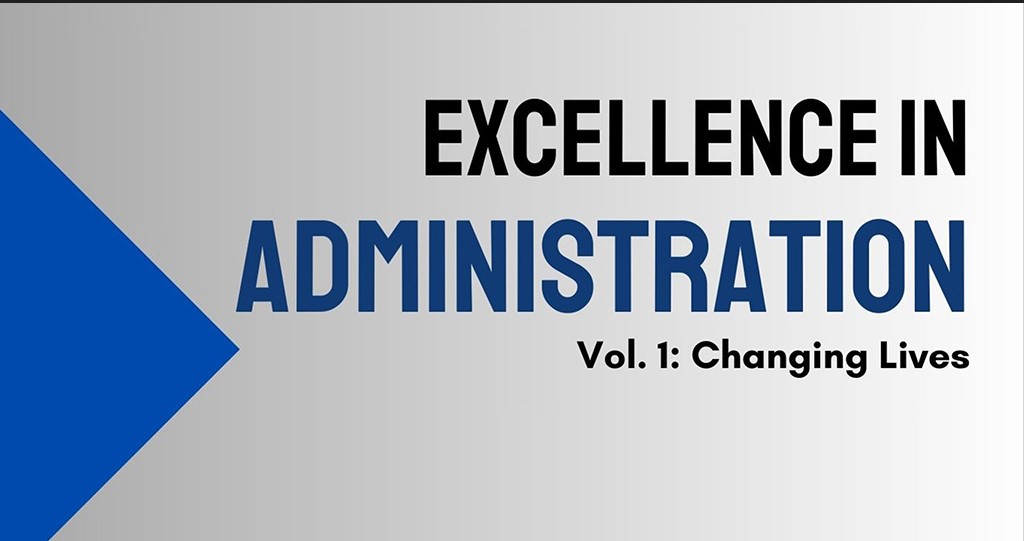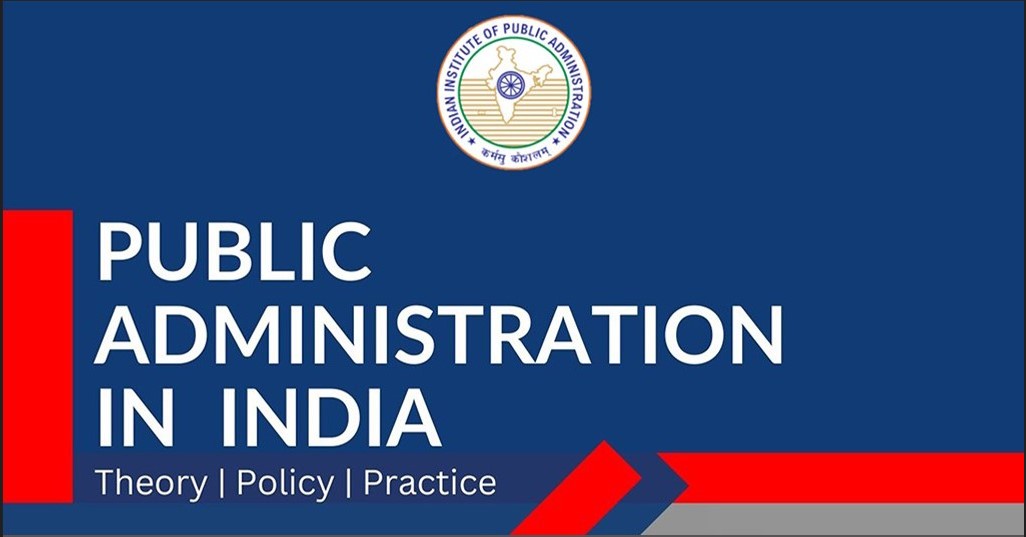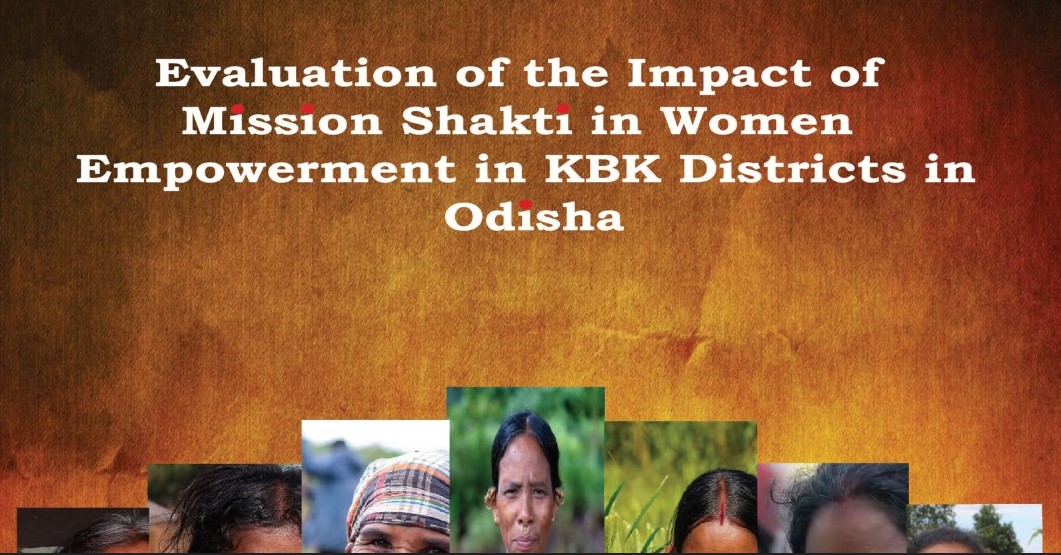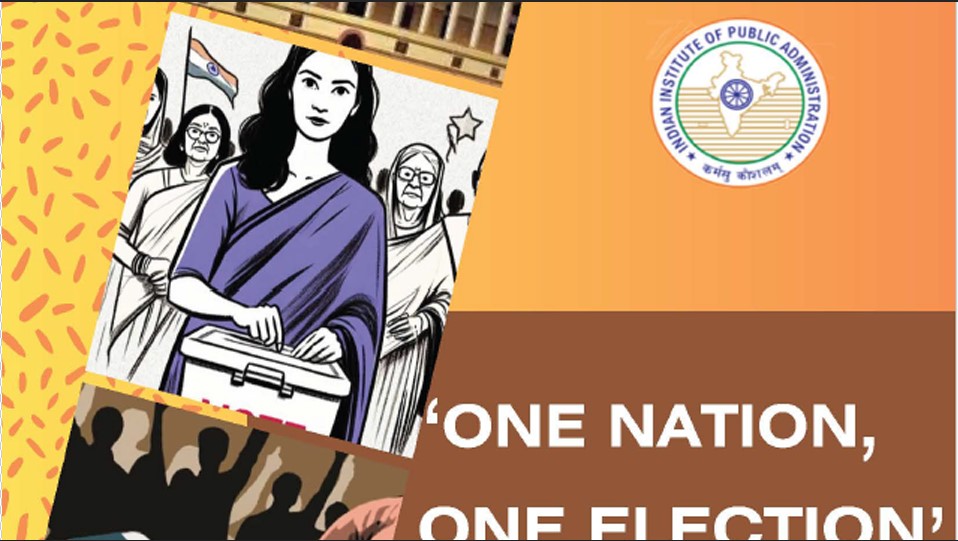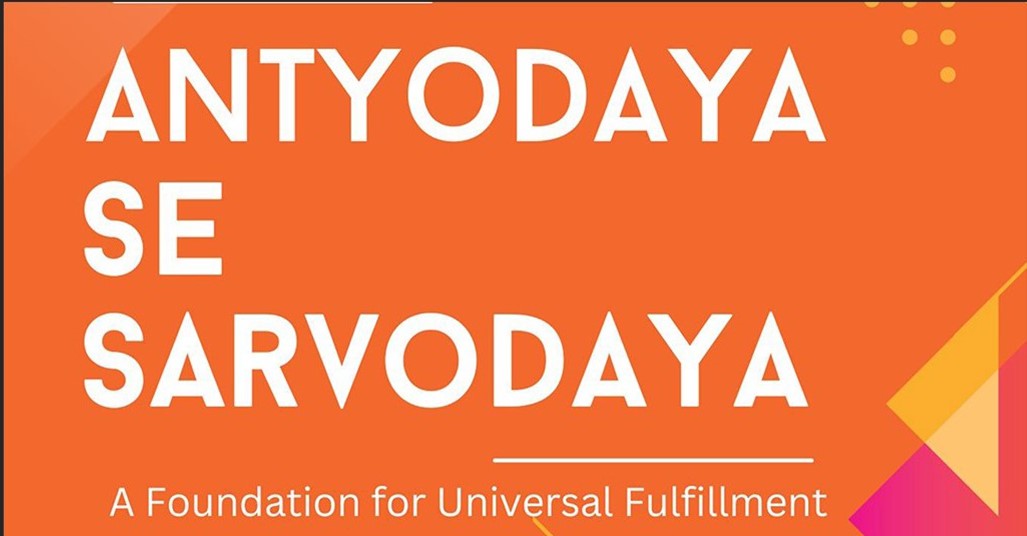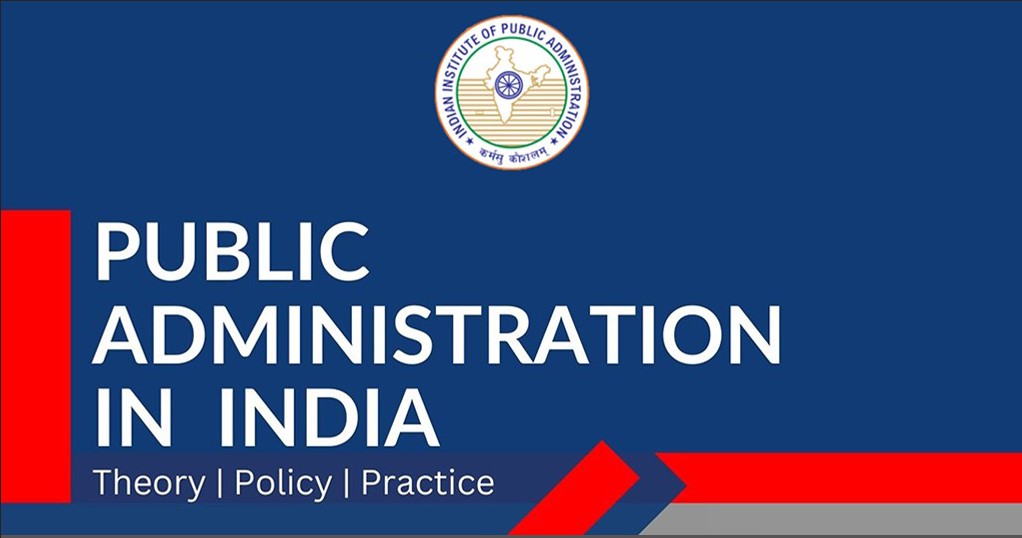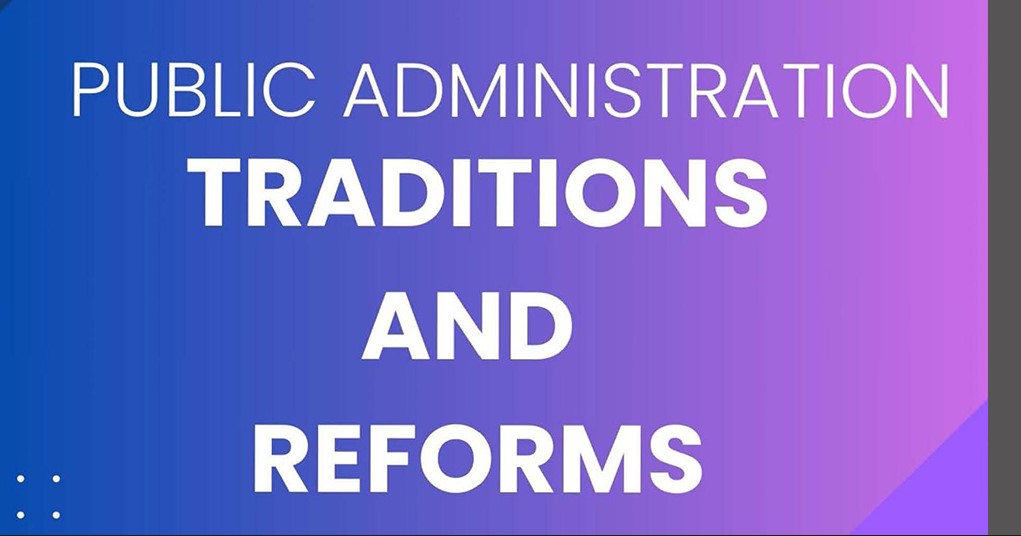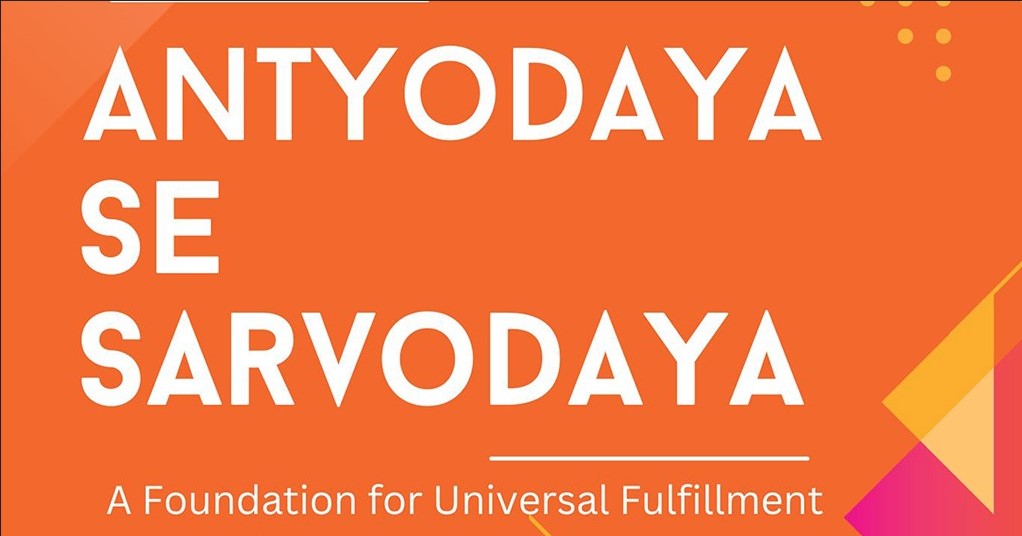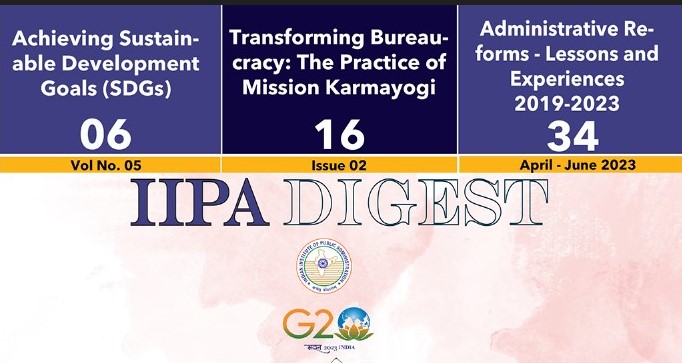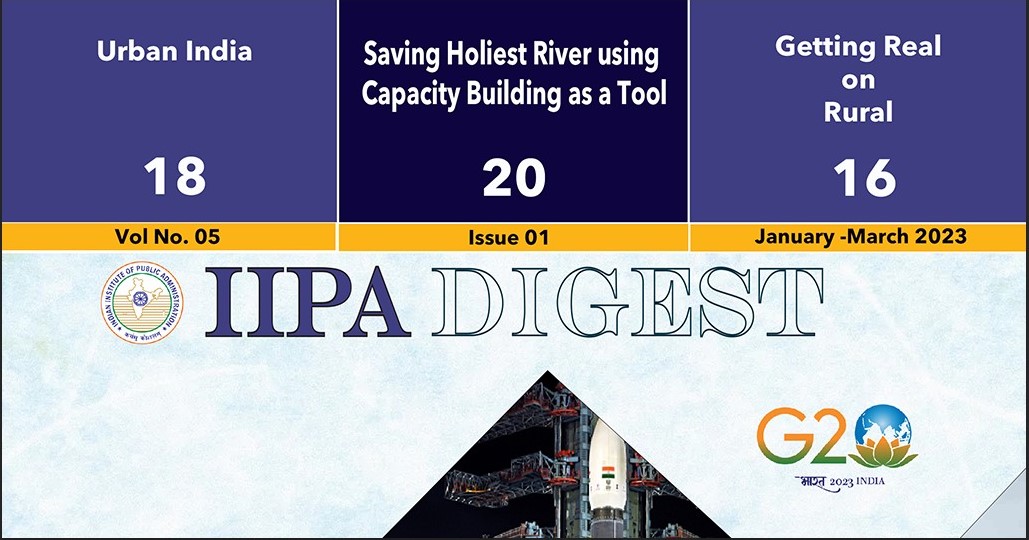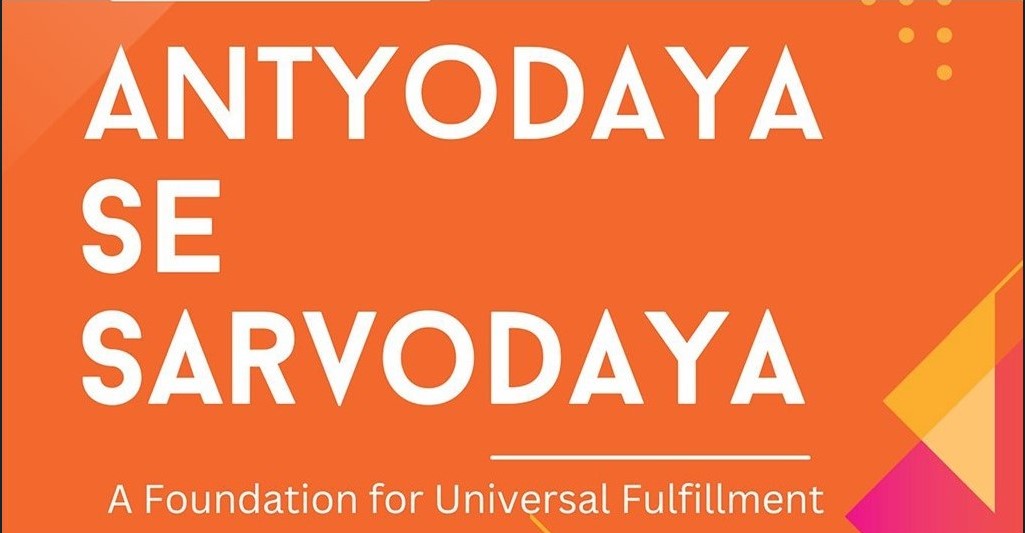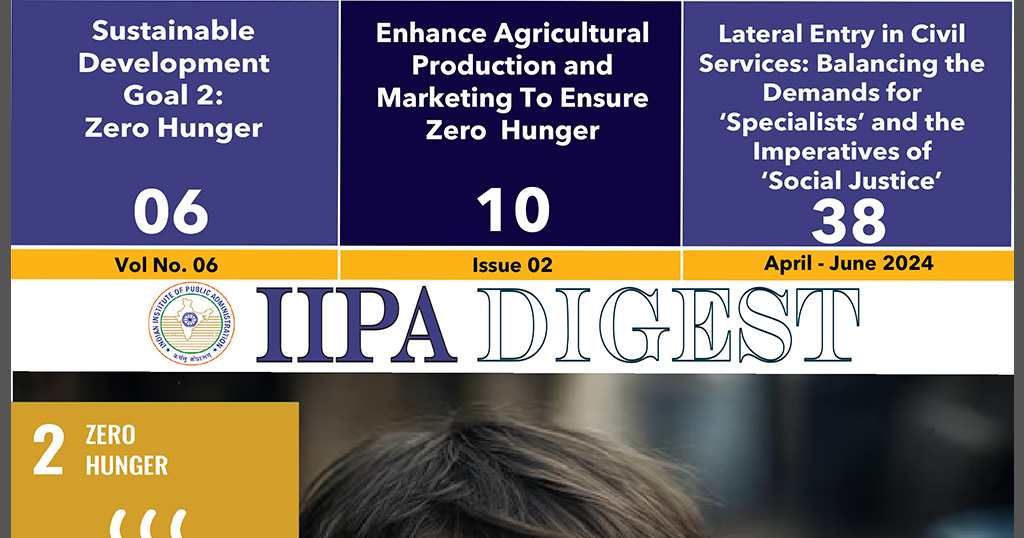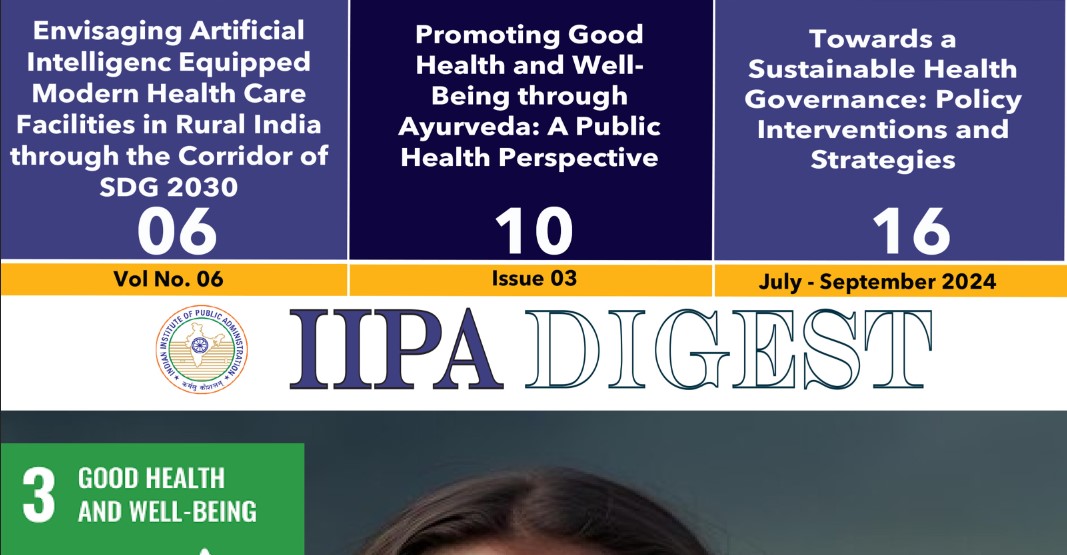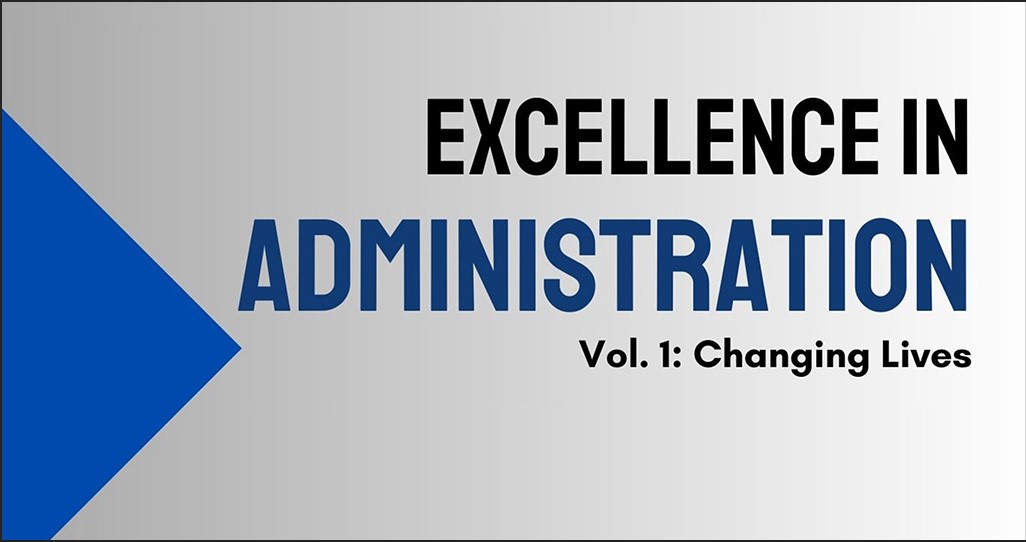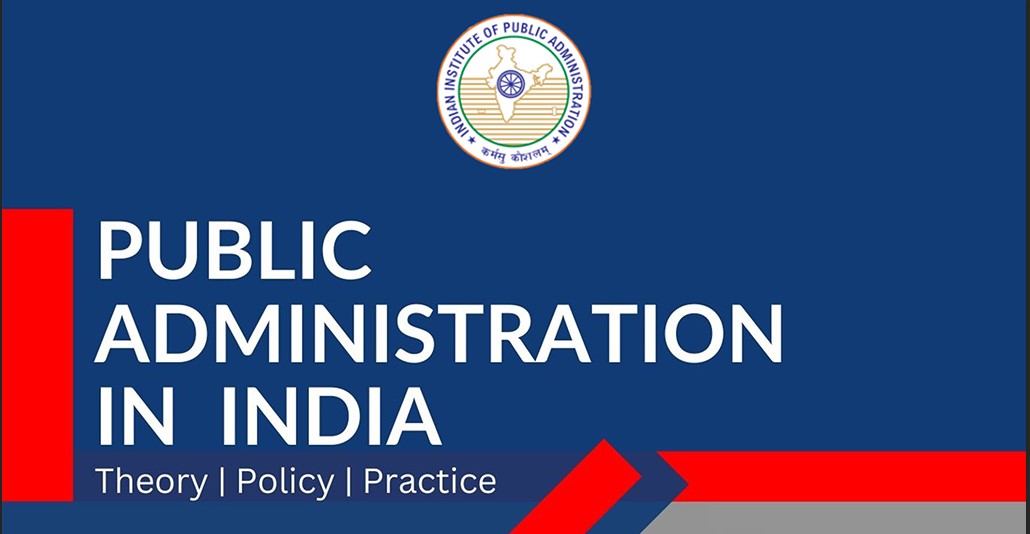Good Governance through E – Governance in India (with reference to State of Jharkhand)
Introduction
The concept of governance is not new. It is as old as human civilisation. Civilisation is the characteristic of the people. It is one of the things that set human beings apart from the other species. While it is true that all living things form societies, it is only human-beings who have a civilization. A civilisation provides humans with numerous basic needs and wants. Civilisation is the stage of human social development and organization that is considered most advanced. A civilisation can also be defined as a complex culture or complex institutions. Complex Institutions developed naturally because a civilisation meant that lots of people were living in one area, city populations were soaring which meant that people needed a system of ruling or government to keep the order. Leaders of civilisation eventually emerged so that they could create and enforce laws. Before civilisation people had religious beliefs. However, in early civilisation religion became a formal institution. The coming together of large number of people really changed how the way life was lived- from religion to rules.
A well-organised government and clear division of work were essential as civilization developed. Concerns about welfare and strong leadership have grown as population has risen. Because of this, a system of management emerged to handle the subtleties of running a business. There were three types of authority in ancient administration. They were: Legislative, Executive and the Judiciary. The King oversaw all three agencies as their supreme leader. A well-functioning judicial system was ensured because crime was contained as well as that criminal suffered just penalties. Ancient government developed a reliable system for monitoring public opinion. Statistics on the number of residents, new births, deaths, etc., were updated often. Ancient era had a massive empire, yet its government was well-controlled and efficient.
The first signs of a republican administration appeared in early 17th century. The result was an explosion of new governments throughout world’s nations and states in late 19th and early twentieth century. The government expanded in both scope and size throughout time to meet the demands of the populace. With a larger government comes responsibility of protecting citizens while maintaining businesses in check.
Term “welfare state” refers to political system whereby government ensures its citizens’ material as well as social prosperity in accordance with ideals of “equivalent opportunity,” “equitable allocation of wealth,” as well as “public accountability” for those who lack access to even most fundamental necessities of life. Creating a framework of governance that encourages, permits, & maintains progress in humanity, particularly for those who are most impoverished and disadvantaged of society, is a problem for all nations. Increasing population and growing burden on socio-economic infrastructure demand digital transformation in civic amenities and government sectors.
Governance and its Origin
The need of governance exists any time a group of people come together to accomplish an end. The concept of governance is not new. It is as old as government itself. Dictionaries would define Government in terms of a governing authority, including the political order and its institutional framework, while governance was treated as the agency and process of governing, and was often viewed as archaic. The effective functioning of the governance is the prime concern of every citizen of the country. The term “governance” denotes procedure with which society steers itself. It is used to facilitate cooperation amongst private & public sectors. For both these sectors, the government makes collective decisions. Now Information and Communication Technology (ICT) is employed across inclusive governing process, from state to district, district to block, and block to the common people.
Ancient Concept of Good Governance in India
Fundamentals of good governance have been present into India since ancient times. Principles of good governance as mentioned today by world bodies existed long back in Indian civilisation. The concept of Indian state ships and polity, since ancient times are included under the umbrella of “Dharma” and “Raj-dharma”, was the way of conduct that has to be followed by the rulers. Ancient Indian writers and Statesman followed Good Governance and value-based polity since ages and description of which can be found in Manusmirti, Mahabharat, Ramayan, Bhagwat Gita, Arthashatra and in many Buddhist literature.
Modern Concept of Good Governance
In its study “Governance and Development” from 1992, the World Bank first mentioned the idea. The statement asserts that robust & equitable development can only occur in an environment where good governance is practised as well as that such an environment can be established and maintained. Capacity and effectiveness in public sector administration, accountability, a legal foundation for growth, and data and openness are all parts of what World Bank considers to be “good governance.”
The concept of good governance encompasses a superior degree of organizational efficiency with respect to creation and execution of policies, particularly in realm of financial regulations, as well as its impact on growth, stability, & well-being of populace. This entails principles of accountability, involvement, transparency, and adherence to the rule of law.
E-Governance
The term “E-governance” refers to the utilisation of communication and information technologies to enhance the effectiveness, efficiency, openness and reliability of informative as well as transactions, exchanges inside government, and among government and government agencies at state, national, local, and regional levels. Additionally, it encompasses interactions between citizens & businesses, and aims to empower citizens via access to data as well as utilize.
E-governance and E-government
Government refers to institutional apparatus used to do any work, while governance describes ultimate result from perspective of those who are impacted by it. If done well, e-government may improve efficiency and effectiveness across the board. E-governance has the potential to become participatory government given the right foundation of concepts, goals, programs, and structures. Therefore, electronic governance is implementation of ICT to update administrative procedures and improve public services. The World Bank defines “e-government” as utilization of technological tools (including wide area networks, Internet, & mobile computing) by government agencies to improve their interactions with citizens, businesses, and each other.
Literature Review
International
Sabine Kuhlmann & Moritz Heuberger (2021) in their article ‘Digital transformation going local: implementation, impacts and constraints from a German perspective’, analyses the current state of digitalization in local authorities in Germany.
Alex Ingrams, Aroon Manoharan, Lisa Schmidthuber & Marc Holzer (2018) in their article ‘Stages and Determinants of E-Government Development: A Twelve-Year Longitudinal Study’ addresses the shortcoming with data from the largest cities in the world’s top 100 “most wired” countries from 2003 to 2016.
Nugi Nkwe (2012) in their article ‘E-Government: Challenges and Opportunities in Botswana’ examines the challenges in e-government’s implementation in Botswana.
Waheduzzaman (2008) in the article ‘Good Governance in Developing countries like Bangladesh: Gap between Theory and Practice’ explains the initiatives of government of Bangladesh.
David Coursey & Donald F. Norris (2008) in their article ‘Models of E-Government: Are They Correct? An Empirical Assessment’ provides for assessment of various E-government models.
National
Dr Suchi Santosh Barwar (2017) in her article ‘E-Governance in India: Issues and Challenges with special reference to Jharkhand’ provides for Concepts, Benefits and Challenges of E-Governance in Jharkhand. Article also provides for current status of e-governance in India and Jharkhand.
Subramanian C. (2012) in his article ‘E-governance: A significant tool for good governance in India’ provides for the definition of Good Governance and the data Technology could be effective means to achieve good governance. It argues as E governance is not just a technological endeavour, but rather one in which individuals, procedures, and outcomes use information and communication technologies to increase openness, effectiveness, & efficacy. It provides for one-stop government i.e. integration of public services & singular point accessibility using communication channels. This article focuses on Evolution of e-governance in India & Hurdles in implementation of it. Study would provide for the solutions to the challenges.
R. K. Sapru and Yudhishthira Sapru (2017) in their article ‘Good Governance via E-governance in particular related to India’ provides for India’s e-governance transforming ingenuities from 1990. It also provides for institutional mechanism for e-governance in India. It discusses national strategy & approach of service delivery through e governance. It also discusses the Challenges especially human Resource challenge, prerequisite for e governance services and critical factors for e-governance agenda. The study would deal with the e-governance models of different states in India and its impact.
Dr MadhuBala and Mr Deepak Verma (2018) in their article ‘A Critical Analysis of Concept, Model, Initiatives, and Challenges of E-Government in India’ explains journey of e-governance in India. It deliberates various e-governance models with extensive examples in the context of India. This article focuses extensively on secondary data (government website, government reports etc) for its research. Along with above it discusses about e-governance and challenges faced by e-governance.
Dr. Devesh Kumar (2017) in his article ‘E- Governance: Good Governance in India’ discusses basic concepts and models of e governance. Along with it focuses on the reasons for which e governance is essential for India. Most important of it is that huge population of India makes tough for government to reach effectively to its citizen on time. So e-Governance can be the solution for it. Along with reasons author discusses challenges and benefits of it. This study will discuss different models of e-Governance and how specific problems can be solved through them to achieve good governance.
Subhash Bhatnagar (2004) ‘E-government: Vision for Implementing, applied guidance with case studies’ supports the idea that online administration has helped governments realize some of their reform and growth objectives in realm of administration. Although it’s not a permanent fix, it might serve as a starting point for improvement. There are 3 main requirements for the effective rollout of e-government: 1) Openness to change 2) access to information and communication technology 3) organizational flexibility to deal with change. Through various case studies from different countries which are examples of successful e-Governance projects in their country. These projects can act as role model when used as interdisciplinary approach for public sector reform, poverty reduction and empowerment.
M. Ali Hussain (2013) in his book ‘Good Governance via e-Governance’ provides for basic underlying concepts of Good Governance, e-Governance, New Public Management etc. Along with it author provides for the analysis of FRIENDS application of Kerala and Seva application of Andhra Pradesh. He provides for impact assessment of these two e-applications along with statistical details of it.
E. Vayunandan and Dolly Mathew (2003) in their book ‘Good Governance: Initiatives in India’ offers suggestions for improving India’s public service delivering structure. Public service provision is book’s overarching topic. They provide for problems and then various methods using e-governance to address those problems.
These scholars have not analysed establishing good governance via e-governance in perception of Jharkhand. These writers have focussed on specific e-Governance projects of few states. E-governance conditions of Jharkhand were not researched yet.
Alok Kumar, B. S. Sharma & Rakesh Saraswat (2019) in their book “Good Governance in India: Myth or a Reality” states that Good Governance is challenged by corruption, centralization, criminals, low level of education and inactive civil society. They provide a systematic analysis on this topic and in the end provide solutions to the problem.
Sangita Dhal (2021) in her book “E-governance and Citizen Engagement” provides concepts and theories of e-governance. It also attempts to address a host of issues and challenges of governance in India for rural citizens and women.
Broad Objectives of the Research
Our broad Objective would be following
1. To understand the key concept of good governance and e-governance
2. To identify the major impediments in progress of e-governance in the state of Jharkhand;
3. To identify the role of culture and geographical conditions in use of e-governance specially in Jharkhand
Hypotheses
The study has formulated following hypotheses
1. There is a strong connection between Good Governance and E-Governance
2. The awareness and literacy for e-governance applications for achieving Good Governance is very low among people in Jharkhand.
Data Collection
Basic Strategy
Basic strategy of Data collection was undertaken from two aspects
• From Service Provider point of view: that is Government officials for which Interview Method was used
• From Service availer point of view : that is citizens for which Questionnaires were created
Sampling Design
Flow Diagram 1.1: Sampling Design
From the above mentioned flow chart, we can understand that Jharkhand has 24 districts and out of which 13 are under Scheduled Districts and rest 11 are under Non-Scheduled districts. For the purpose of Data collection, four blocks have been chosen in total –one Block from each chosen District. Out of all the Scheduled area districts, Ranchi and Khunti have been chosen under which Ormanjhi Block and Khunti Block are selected for Data collection. Out of the Non-scheduled areas, the districts of Palamau and Garhwa have been chosen under which Hussainabad Block and Garhwa block have been selected respectively, for data collection. This will give us the heterogeneous population for collection of data through the Questionnaire method.
Research Design and Methodologies
• Research Methods include both Qualitative and Quantitative methods.
• The research will make use of Primary and Secondary data
• Primary data will be collected directly from the beneficiary or user. Questionnaire will be prepared for the collection of data. It will consist of open ended and closed ended questions.
• Interviews of the stakeholders such as Senior Bureaucrat, Field officials.
• Secondary data will be data taken from the different offices of Jharkhand government such as Pragya Kendras, Municipal Offices, Circle Offices, and Department of Information Technology. Different governmental websites will be used for data collection.
Two kinds of Questionnaires were made one for Literate Population and One for Illiterate population for each block. A total of approximately 400+ responses were collected together in 4 blocks. Sample size was of 100 respondents in each block. People included were of different groups such as Male/Female, Literate/Illiterate and across the age groups from 18-75 years. They consist of different social category (General/OBC/SC/ST) and from different income groups. For our study purpose we have taken Literate criteria as class 10th pass and above (12th pass/Graduation/PG). For Illiterate we have take degree below class 10th as illiterate.
Tools to be used in the Collection of Data
• Questionnaire/ Schedule
• Interviews
• Government Reports
• Books and Library
• Published Research
Basic Profile of Participants in the Survey (Tables/Graphs):
Total participants in Literate category: 216
Gender Profile under Literate Category
Table 1.1: Participants Gender Profile under Literate Category, Jharkhand, 2022
Graph 1.1: Participant Gender Profile under Literate Category, Jharkhand, 2022
Table 2.1: Participants Gender Profile under Illiterate Category, Jharkhand, 2022
Graph 2.1: Participant Gender Profile under Illiterate Category, Jharkhand, 2022
Table 3.1: Participants Social Category Profile under Literate Category, Jharkhand, 2022
Graph 3.1: Participants Social Category Profile under Literate Category, Jharkhand, 2022
Table 4.1: Participants Social Category Profile under Illiterate Category, Jharkhand, 2022
Graph 4.1: Participants Social Category Profile under Illiterate Category, Jharkhand, 2022
Table 5.1: Participants Age Profile under Literate Category, Jharkhand, 2022
Graph 5.1: Participants Age Profile under Literate Category, Jharkhand, 2022
Table 6.1: Participants Age Profile under Category, Jharkhand, 2022
Graph 6.2: Participants Age Profile under Illiterate Category, Jharkhand, 2022
Discussion on Hypothesis through Data Analysis
Democracy is the most basic but crucial aspect for the success of Good Governance. Democracy is based on liberty, equality and fraternity. In democracy, government provides each citizen their rights based on doctrine of justice (fairness, equity, rationality and ethics). They are dimensions of good governance too. E-governance provides the opportunity of liberty to people by providing facility of feedback from anywhere, anytime. IT provides stage to people based on equality, it doesn’t ask what is your caste, creed or colour; everyone is equal on its platform. And by providing equality, it encourages making of fraternity of citizens without giving a thought of anyone’s caste, religion or colour. Now this fraternity together demand for justice and in seeking it they consult and participate with each other. They ask questions and demand explanations from government and suggest their opinions. E-governance garner wider platform through websites, mobile and social media to provide feedback and suggestions. Consensus building and teamwork are essential components of effective government.
Dimensions of Good Governance such as Transparency, Accountability and Responsiveness are achieved through e-governance. This can be understood by the response given to a question asked during field study “Do you feel e-services are more transparent than earlier manual system?” 60.4 per cent people responded in ‘Yes’. Again when asked “Do you think e-services are easier way to apply for any services?” 80.3 per cent people responded in ‘Yes’. When asked “Do you trust Online Services?” 87.3 per cent people responded in ‘Yes’. These responses bring three crucial aspects of good governance i.e. transparency, trust, easiness.
Throughout the thesis government programs and policies (NeGP, E-Kranti, Digital India etc) on e-governance clearly emphasise that Government’s focus is on keeping citizens first and reaching them with services to their door steps hence promoting democracy. While there is a strong connection between E-governance and Good Governance, E-Governance is also very helpful in promoting democratic practices through public participation and consultation.
Through the analysis of survey data collected we reach the conclusion that the awareness and literacy required for understanding e governance applications for achieving Good Governance is very low among people in Jharkhand. Through collected data it is found that 56 per cent people of Jharkhand are not aware about the Jharkhand Government’s offerings of e-governance projects &services. When asked “Have you attended any Awareness camp or Training organized by Government? 65.3 per cent responded in “NO.” Again when asked “Are you aware of Jharkhand Government’s offering of e-Governance projects/services?” 56.5 per cent responded in “NO”.
Rankings
On Good Governance Day (Dec-25-2021), Good Governance Index published where Jharkhand obtained 4th rank in Group ‘B’ (Madhya Pradesh, Rajasthan, Chhattisgarh, Jharkhand, Uttar Pradesh, Bihar, Odisha, and West Bengal). The state of Jharkhand improved its index score by 12.6 per cent from previous year (2019). Its previous rating of 4.23 has been raised to a current 4.76. So we can say that the environment is positive in Jharkhand, markers are improving, with few key suggestions dimensions of Good Governance can be achieved in Jharkhand, a tribal state with the help of robust tool in hand i.e. E-Governance.
Challenges to E-governance
The intent of e-Governance is refreshingly new for a country like India but it has few limitations that are hindering it to achieve its full potential. One is access to internet access and other is fear of loss of jobs. Access to internet is somewhat limited in India and the same is confirmed by primary data. One major benefit of e-Governance is of being less expensive but due to limited access it will keep large masses out from the purview of e-Services. Second aspect takes its ground from new public management where loss of jobs is a surety. Automation and computerisation of offices will definitely reduce the number of people working manually, fear of which will lead to political repercussion and political leadership of the nation will surely ignore the full fledged reforms in the field.
The term “digital divide” describes gap that exists between those who have and those who do not have accessibility to digital technologies. The digital gap is exacerbated by socio-economic factors such as poverty.
Most people can’t afford to buy a computer right now. Almost 14% of the respondents under Literate category suggested “More Computers in Offices/Pragya Kendras” in the survey conducted. More computers will also increase more awareness towards government’s offering of e-Governance as 62.5 per cent of Illiterate category respondents say “NO” when asked regarding government’s offering of e-governance. Under IL-Literate category 58.1 per cent people responded in “Other’s Help” when asked for “You access e-services by yourself or take help of others?”
Basic goal of Good Governance is reaching people to their door steps using IT. Jharkhand has tough geographical terrain. It has dense forests and hilly areas. District like Khunti does not have proper working internet connection if one travels inside few kilometres from district headquarter. So in this case how IT will reach to door steps of people? This is one of the biggest concerns which must be answered on an urgent basis. Tough terrain, deep jungles hinder internet speed and many a times acts as a natural barrier to antennas installed. So government, IT and Telecom companies should come up with a strategy to solve this crucial problem. Under Literate category, 78 people pressed on “Improving Internet speed and Improve Mobile network” in their areas. This makes almost 40 per cent of respondents to suggest this. Similarly 89 respondents that is approximately 46 per cent, suggested for the same under Illiterate category of respondents.
There is another concern how we want to provide various services to common people and in turn how these people wish to use these services for their benefit and empowerment? The system that provides hassle free, harassment free and convenient procedures of IT, then it is of some use to them and then it will bring Good governance to their door steps. But currently procedure after few steps becomes very complex, cumbersome and time taking that discourages people to use e-services. Under both Literate and IL-Literate category respondents suggested “Should not be called to office regularly.” Also on the analysis of responses under Illiterate respondents 119 visited office after applying for e-services to offices that is almost 62 per cent. Again 26 respondents visited “More than Thrice” to offices after applying for e-services that is almost 14 per cent. Under Literate respondents 102 respondents visited “2-3 Times” to offices after applying for e-services that is almost 53 per cent. Again 69 respondents visited “More than Thrice” to offices after applying for e-services that is almost 36 per cent.
Based on Interviews with stakeholders following challenges are worth mentioning:
Interviews related to the topic were undertaken with field officers such as Block Development officers & Circle Officers, Police (Rank of Dy. S. P.), Education Department, Nagar Nigam officials, Traffic Police, Senior Officers of Department of Information Technology, Government of Jharkhand and Director of Tribal Research Institute, Ranchi. Based on the interview following challenges are worth mentioning.
• Many a times Server issues takes place and because of this many updates and new entry is not possible. Under education department big challenge is of duplication of record in e-Vidyavahini application, so principals of government schools face problem in updating the records and for update they have to send request to department every time and that is time consuming.
• Another challenge lies in empowering persons with disability. When Web is accessible, individuals with different abilities can navigate it and use it normally. A variety of assistive technologies allow those with disabilities to use ICT.
• Government websites are made generally in English and Hindi. There should be things (important information) in local dialect on the website for the people residing in that area. If done, People will easily understand and process that information for their benefit. This will empower local people in understanding their rights.
• There is a challenge in the field of Policing. While using location based system there is an issue of exact location. Currently GPS provide location with fringe areas. It doesn’t give the exact location. If worked this may provide a real help for law enforcing agencies. For this satellite services may be contacted.
• For online system in Transport department certain aspect has not been made online. For example in Motor Vehicle Act for drunken driving there is no provision of online challan as penalty. In this the vehicle is seized and court decides on prosecution and what needs to be done. Few things left from the ambit of e-Challan should be included.
• At Panchayat level internet speed and network is very weak especially for South Jharkhand districts (with dense forest and hills), that they have to come to Block for their work. Ex: for taking ration, citizens have to come to block for giving thumb print and then receives their quota of rations.
• Government has provisioned for two Citizen Service Centres of which one has to be at panchayat bhawan of the panchayats. But due to problems in network (BharatNet) and slow server even one is not working properly.
• Monitoring of Right to Service Act, 2011 is not proper. Officials give excuses for delay in work. So monitoring and implementation of this act needs to be thought upon. It creates lethargy on the part of administrators. A kind of positive pressure is must on officials involved.
• With coming up of e-Services and concept like direct benefit transfer, corruption has lessened and intermediaries have vanished. But a different kind of corruption is coming up that asks for favour from beneficiaries before uploading their details online. So monitoring of office bearers and limiting the powers of their login ids are required.
Key Suggestions/Recommendations
From the above discussion it is clear that good governance is an ideal which is difficult to achieve in totality. Very few countries and societies have come close to achieving good governance in its totality. However, to ensure sustainable human development, actins must be taken to work towards this ideal with the aim of making it a reality through e-Governance.
• Jharkhand has its tough geographical conditions which definitely affects its people in the sense of easy access to network and speed. Following Ladakh experiment of providing network and internet with high speed without laying optical fibres in hills, high speed network can be provided to forest and hilly areas of Jharkhand. This technology is called “Mountain Top Optical Wireless Technology.” This is very less expensive than normal fibre technology. Through this many in-accessible areas can be brought in the fold of strong network.
• E-governance aspects of gender sensitization must be included in budgeting. Government must make a task force to look into the ways of women empowerment inclusion in the architecture of e-services.
• The special emphasis in this study is given on how rural people can be empowered to access the e-services. Most people in Jharkhand live in rural areas and there is a Digital-Divide in state. Literacy rate and e-literacy rate of the population is very low. So training camps and Awareness camp must be organised. E-governance might illustrate a major part in solving this problem in Jharkhand by providing online assistance and courses.
• Major problem in government office is of delay. The government should gradually start simplifying its rule and outsource its activities where ever possible. For this senior bureaucrat, can coordinate with low level officials and can make a change in work flow and structure that would reduce the unnecessary delays.
• Delivery schedule of the e-services should be based on nature of work and should be followed strictly.
• Making more numbers of counters and increasing the installed computers and printers at Pragya Kendra will definitely help fasten the process and reducing harassment and delays. It will reduce the queue time for people.
• Officials and their sub-ordinates involved in e-services must have behavioural change in them. Bureaucracy should be change oriented and change in behaviours while dealing with people is a must.
• Training related to soft skills must be made mandatory for officials.
• A serious thought on employing ‘IT-Mitras’, a cadre of people from same background and speaking same language must be created, to assist people on a door-to-door service mandate. Women from self help groups and Sahiyas in those can be effective in this.
• Various applications pertaining to differently abled people must be included while providing e-services to them. So that they can feel empowered. Various applications such as Screen Reader, Hear to Read, Awaz and Kabi must be employed.
• Government websites and e-service modules must be available also in local dialects so that citizens speaking local language feel at ease while using them.
• For creating an environment of positive pressure, Facility of video conferencing, Aadhar enabled Biometric Attendance system should be installed in every governmental office. Regular report giving in real time through whats App and other form will make progress evaluation easy.
• To promote common people to use e-services, Promotional offers (Discount) from government on paying utility bills such as electricity bill or paying holding tax through online mode should be given.
• To commemorate former Indian Prime Minister Atal Bihari Vajpayee and raise public awareness of the need of government transparency, Good Governance Day (December 25) is celebrated. Similarly, fixing one day for celebration of E-Governance Day will help in making people aware about e-services through various programs and promotional activities.
Conclusion
Good Governance Day is celebrated every year on 25th December. This day helps us commemorate the vow of Accountability government has towards the citizens of this country. It also guides us in providing various benefits and promised services to the citizen of the nation. This day reminds us of the eight components of Good Governance and ways to achieve them by honesty and dedication.
There are certain challenges that our nation and the government face which can be solved by using E-Governance applications. Some Critical Challenges like Corruption, delay in Justice, Criminalisation of Politics, Women Empowerment, Centralisation of Administrative system, Sustainable development, Globalisation, Violence etc can be met through E-Governance. Through E-Governance we can create Transparent, Women friendly decentralised administrative system to control Corruption and Criminalisation. Greater use of Information Technology to clear pending court cases, for sustainable development and Globalisation is also important.
In the end we can say that E-Governance has the potential to enhance the quality of governance and facilitate a transformative shift from inadequate governance to effective and efficient good governance.
References
1. Doreswamy, Hema. (2021, January 13). Good Governance Models from Ancient India and their Contemporary Relevance. https://www.myind.net/Home/viewArticle/good-governance-models-from-ancient-india-and-their-contemporary-relevance.
2. Introduction of Government. (2021, Janurary 14). https://unacademy.com/content/kerala-psc/study-material/ancient-and-medieval-period/governments-ancient-and-medieval-period/.
3. Welfare Government. (2020, January 20). In Wikipedia. https://en.wikipedia.org/wiki/Welfare_state.
4. Governance: politics and power. (2021, October 15). Encyclopedia Britannica (2021), https://www.britannica.com/topic/governance
5. Aishwarya, S. & Sima Kumari (2012). Corporate Governance in Vedas and Upanishads. Proceedings of International Seminar on Ethics, Morality and Spirituality, 4th – 5th January, DSPSSR, New Delhi. pp.1 – 8
6. World Bank (1992). Governance and Development, A World Bank Publication, Washington, D.C: World Bank. p. 3.
7. Sahni, P. & Uma, M. (2003). Governance for development: issues and strategies, (edited) Prentice Hall of India, New Delhi. p. 5
8. Pal, Saibal. Gupta, Rajan. & Muttoo, Sunil. (2019). E-Governance in India. Springer Link . https://link.springer.com/book/10.1007%2F978-981-13-8852-1
9. About e-GOVERNANCE. (Oct 18, 2021). Department of Administrative Reforms & Public Grievances | MoPP&P | India. https://darpg.gov.in/about-e-governance-division
10. DARPG.( 2023, March 20).Good Governance Index 2020-21.Government of India. https://darpg.gov.in/sites/default/files/GGI_Report_22.12.2021.pdf
11. Iqbal, Asif. (2019). Yojana. (July).E-services for the differently Abled. www.publicationdivision.nic.in.
Leave a comment
More articles from Governance & Polity
